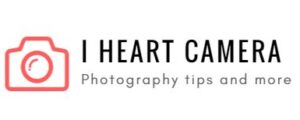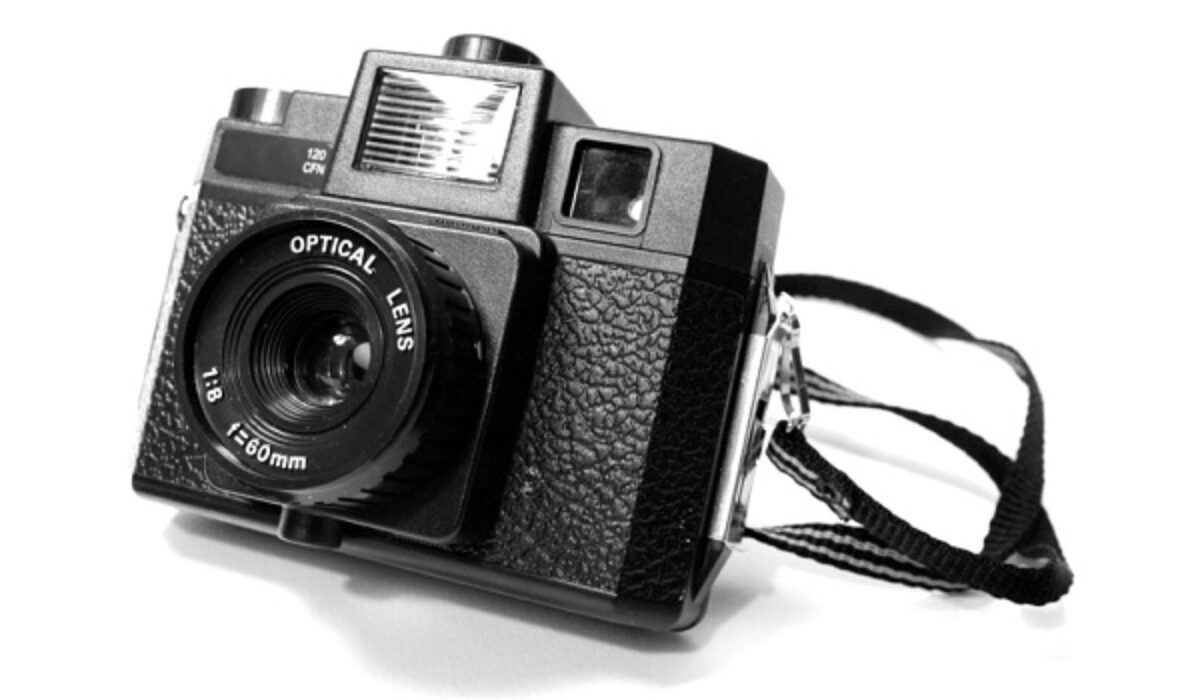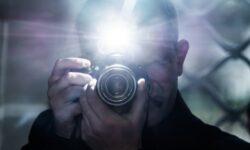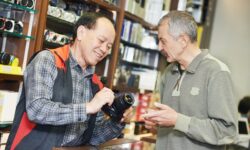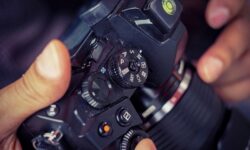Are you looking for an inexpensive way to spice up your photography? Look no further than Holga cameras. Quirky and unpredictable, Holgas are a fun way to get creative.
As far as cameras go, Holga medium format cameras are as simple as they get. Often referred to as “toy” cameras (due to their simplicity and plastic construction), Holga cameras enjoy a bit of a cult following around the world. Holgas appeal to students and professionals alike, and are praised (and sometimes criticized) for their unique characteristics.
Anatomy of a Holga
- Plastic body
- 60mm plastic lens (approximately 38mm on a standard 35mm camera)
- f/8 (cloudy) or f/11 (sunny) aperture settings
- 1/125 fixed shutter speed, or bulb mode
- Zone focusing – manual with 4 distance settings
- 120 medium format film (unless the camera is modified)
- Tripod thread
- Flash optional
- Inexpensive (around $25 USD)
While the construction of a Holga is simple, its unpredictable photographic results are the main attraction. The plastic bodies of Holga cameras are infamous for leaking light, resulting in strangely exposed areas on the film. Vignetting, or darkening around the edges of a photo, is common with Holga cameras, and the cheap plastic lens generates unexpected blurs and distortions in photos. The variety of surprises put forth by the Holga allows for interesting and creative twists on the typical photograph.
Holga cameras offer another interesting perk for photographers. By default, the Holga is a medium format camera that accepts 120 format film. Medium format film has been a favorite of professional photographers for over a century, in part due to its size – 4x the size of 35mm film. Medium format film is also known for having wonderfully deep colors. If you’ve never shot 120 format film before, a Holga can be a great way to cheaply try out medium format photography.
Creative Photography with a Holga
Photographers cannot control the photo effects produced by the quirky Holga cameras, but those effects can be coupled with an imaginative approach to create memorable and artistic photographs.
- Multiple Exposures and Panoramas – Because the film advance on a Holga is uncoupled from the shutter, photographers can choose to advance the film a full-frame, a partial frame, or not at all. Multiple shots can be taken on one frame, resulting in multiple exposures. Partially advancing the film after shooting results in overlapping images and panoramas.
- Long Exposures – The Bulb shutter speed setting on a Holga allows the photographer to control how long the shutter is open. Long exposures are great for experimenting with techniques like light painting and offer creative options in night photography. A tripod and shutter release cable are recommended for long exposures.
- Holga Mods – Some people enjoy modifying their Holga cameras. One common modification allows the Holga to accept 35mm film. Another involves holding colored filters over the lens when shooting. Holgas have been modified into Polaroid-Holgas (“Holgaroids”), pinhole cameras (“PinHolgas”), and more by changing the backs or the lenses of Holga cameras.
Final Words
Those that love Holgas love to think outside the box. Holgas tend to break the “rules” of traditional photography. The best way to get to know a Holga is to relax and have fun with it. Embrace its unpredictable results and enjoy its simplicity. Use a Holga to paint with color, texture, light, and shape, and discover a creative twist on photography.
